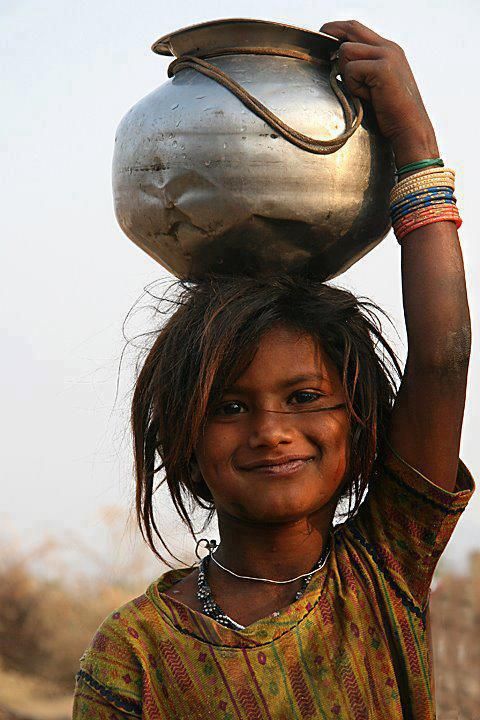Access to clean drinking water in the world
« If 90 school buses filled with kindergartners were to crash every day, with no survivors, the world would take notice. But this is precisely what happens every single day because of poor water, sanitation and hygiene.»
Sanjay Wijesekera, UNICEF Chief of Section for Water, Sanitation and Hygiene, and Associate Director of Programmes
Sail for Water was born from an alarming and revolting statement: water, spring of life, is the leading cause of death in the world.
In silence, unclean water kills more that armed conflicts, especially among kids. 90% of the « water deads » are kids under 14 years old.
No needs to establish a list of numbers on the devastating effects of unclean water, the facts speak for themselves: water-related diseases kill more people every year than people living in Paris, Marseille and Lyon together.
Can you imagine three cities of that size wiped off the map every year? Unthinkable, isn’t it? And yet, it happens every year in a quasi-general indifference.
In the Millennium Declaration from September 2000, the United Nations have established a series of time-bound targets known as the Millennium Development Goals. These goals set the course of the world effort to improve human condition by 2015.
The 8 goals are part of a plan approved by world-leaders and worldwide institutions to meet the needs of the world’s poorest.
But here is the paradox: in July 2010, United-Nations General Assembly recognised the right to drinkable, healthy and clean water as a fundamental right, essential to exercise the right of life and all human rights. Despite this recognition, the fight against unclean water is left behind. Indeed, this action is only goal C of objective 7 regarding the environment, when it is the most deadly scourge in the world and a life-and-death issue for several million people.
In the last few years, efforts of UN agencies (UNICEF, WHO…) and smaller NGOs together allowed many people to have access to an upgrade spring of clean drinkable water (spring protected from external contamination, especially excreta).
While encouraging, it remains insufficient.
Furthermore, the quick growth of the global population worsen the situation in several parts of the world. The most affected regions are Central America, South-East Asia and Africa.
Sail for Water’s action will focus on these 3 areas. Discover our journey here!

